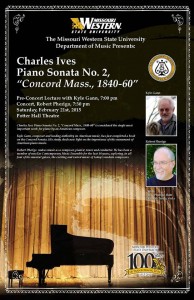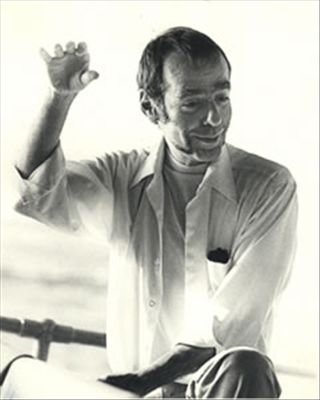I had my most fun day at school ever yesterday. The reason will be arcane to explain. As chair of the arts division, I am on the executive committee, and currently chairing that as well. Last week we made an administrative decision to restrict the divisional listserv for official announcements by the division chair, after a two-year experiment in having it unmoderated, which latter privilege had never been announced and was little used, as far as I know. Anyway, the first non-chair professor to attempt to use the divisional listserv raised a hue and cry and accused the administration of censoring our attempts to send messages to other faculty. The dean called me and ordered me, as committee chair, to put out a message to the faculty posthaste. I did, politely, explaining that it was a return to the previous status quo, made due to a few complaints about faculty abuse, and that a faculty committee had made the change without administration involvement.
Well, we have a few paranoid faculty members, and some bad blood from previous power struggles, and quite a few eyes fell on me. Who were these faculty members who had complained? Why did they have privileged status, and why was I shielding them? What I had called “moderation” of the listserv (I had never used the word) was nothing more than censorship. Why had the committee made this change without widespread faculty discussion? What were we trying to hide? Aside from one polite response to the ringleader I kept my mouth shut, knowing that once it became clear what an insignificant change this was (back to the system we’d used without complaint until 2013) the people attacking me were going to feel awfully foolish, and that I would only compound their embarrassment by needlessly defending myself. And sure enough, once the details were explained at the afternoon’s division meetings, the issue died down and today had vanished from faculty discourse.
But for a few hours I saw myself portrayed in the popular imagination as the kind of nefarious, Machiavellian schemer I only wish I could be in real life – and also was defended by others who don’t know me, but who saw me as an innocent victim of sectarian faculty paranoia. It was an awful lot of heated attention for someone who keeps as low a profile on campus as I do. And it demonstrated how easily the quotidian motivations behind an action can be vastly misinterpreted from the vantage point of an environment rife with long-standing political tensions. This, multiplied by thousands, is what happens in our political discourse every day, but one rarely sees it happen up close.




